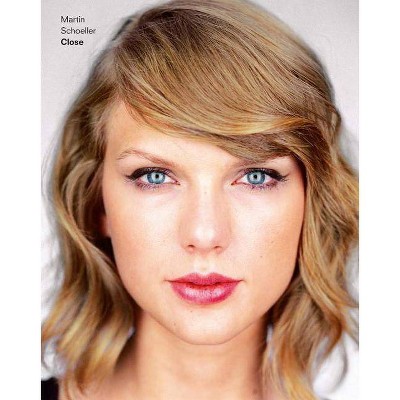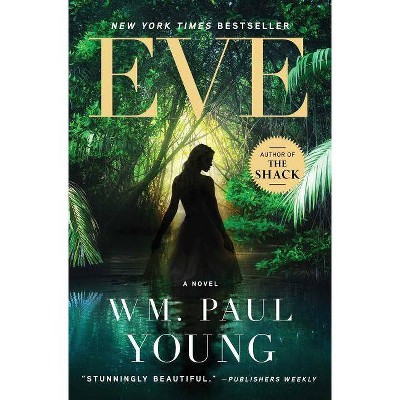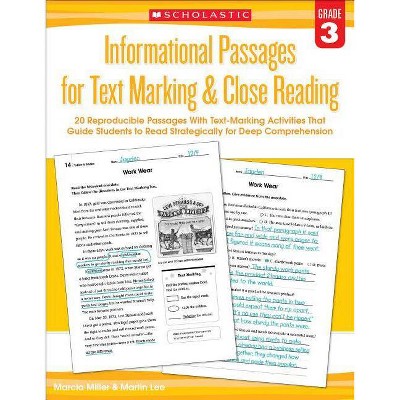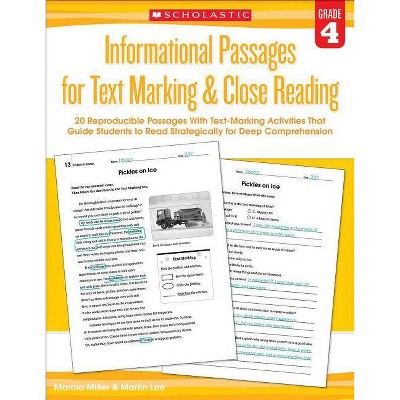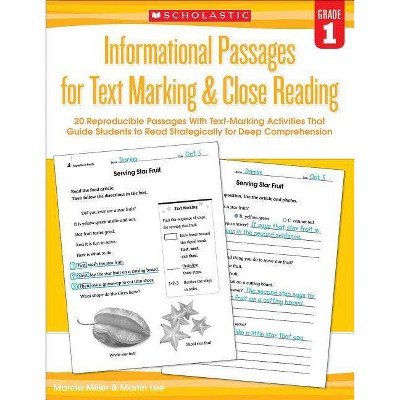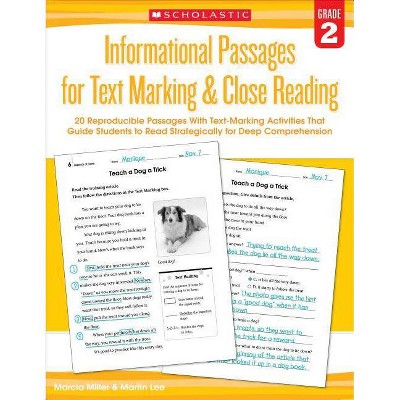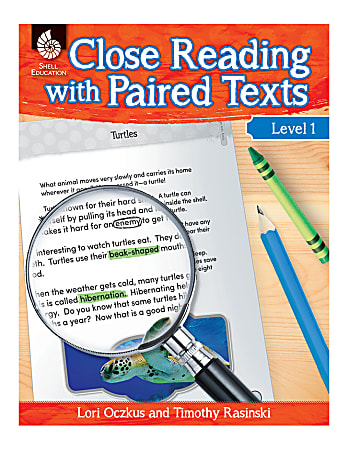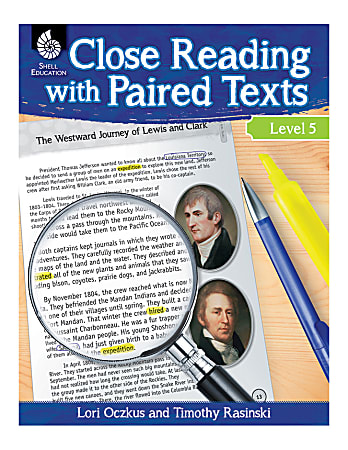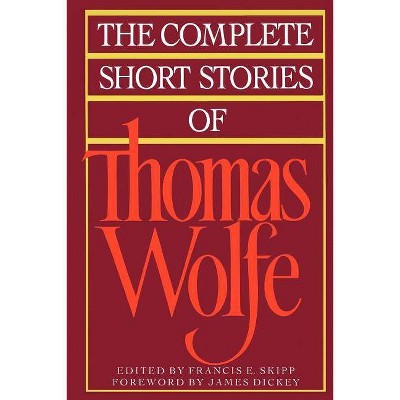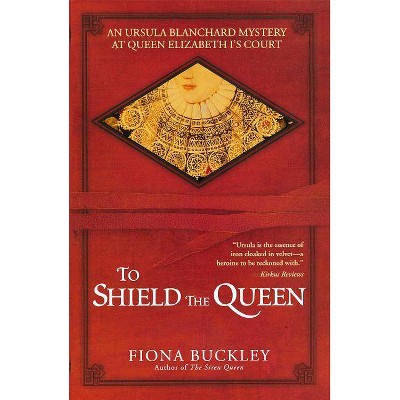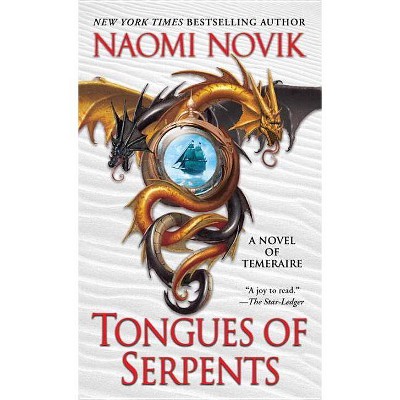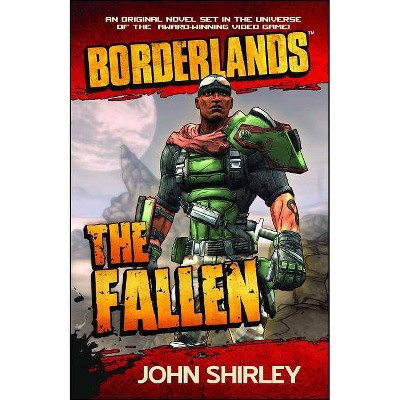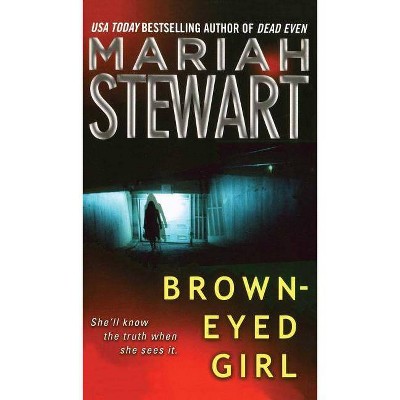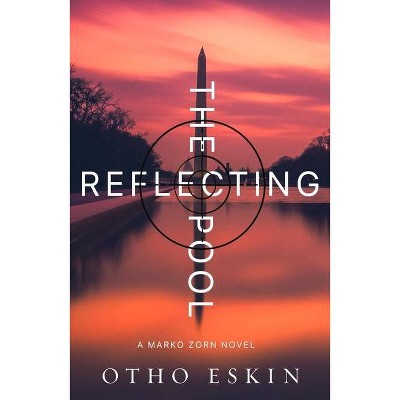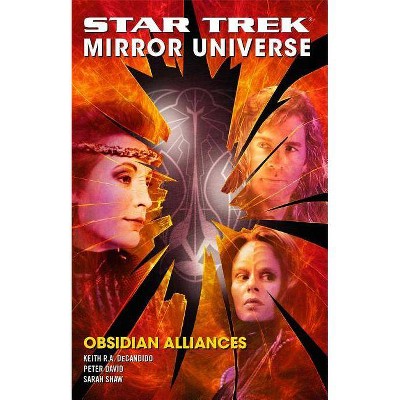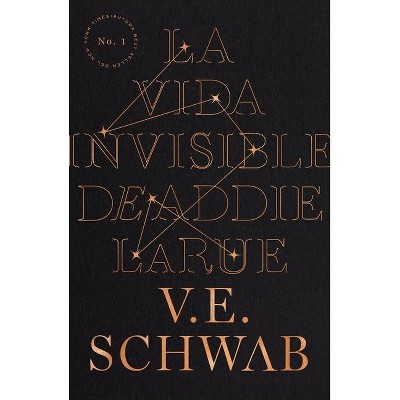Close Reading with Computers - by Martin Paul Eve (Paperback)
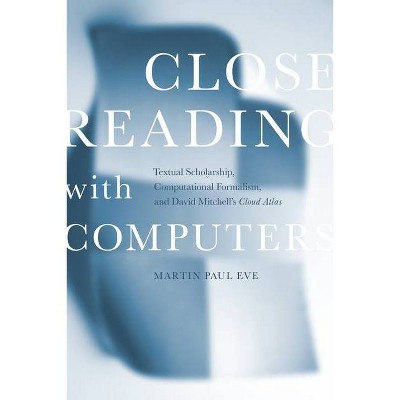
Similar Products
Products of same category from the store
AllProduct info
<p/><br></br><p><b> About the Book </b></p></br></br>Rather than working at the usual scales of distant reading, this book shows what happens when we bring techniques from the digital humanities to bear on a single novel for close readings.<p/><br></br><p><b> Book Synopsis </b></p></br></br><p>Most contemporary digital studies are interested in distant-reading paradigms for large-scale literary history. This book asks what happens when such telescopic techniques function as a microscope instead. The first monograph to bring a range of computational methods to bear on a single novel in a sustained fashion, it focuses on the award-winning and genre-bending <i>Cloud Atlas</i> (2004). Published in two very different versions worldwide without anyone taking much notice, David Mitchell's novel is ideal fodder for a textual-genetic publishing history, reflections on micro-tectonic shifts in language by authors who move between genres, and explorations of how we imagine people wrote in bygone eras. Though <i>Close Reading with Computers</i> focuses on but one novel, it has a crucial exemplary function: author Martin Paul Eve demonstrates a set of methods and provides open-source software tools that others can use in their own literary-critical practices. In this way, the project serves as a bridge between users of digital methods and those engaged in more traditional literary-critical endeavors. </p><p/><br></br><p><b> Review Quotes </b></p></br></br><br><i>Close Reading with Computers</i> is an astute investigation into the literary nuances of Cloud Atlas using computational tools.[It] is neither a starting point nor an end to understanding CLS. It is a snapshot, zoomed in, of one aspect of controversial but continuing CLS and the new kinds of literary criticism facilitated by computers.--Leah Hendrickson "<i>English</i>"<br><br><i>Close Reading with Computers</i> will appeal to literary scholars willing to interrogate how and which digital technologies can enrich their work at the micro-scale and more generally to humanists interested in testing their information literacy.By providing and putting in practice a digital kit for the study of literature, [Eve] demonstrates the kind of analytical outcome that the digital field can afford the world of books, and endeavors to build bridges between both realms for a deeper interpretation of literary products.--Hélène B. Ducros, <i>EuropeNow</i><br><br>Literary scholars intrigued by computational methods but frustrated that they only seem useful for dry factual questions or vast aerial surveys will find <i>Close Reading with Computers</i> a welcome surprise and an impressive achievement. Seamlessly blending idioms often cast as antagonists, Eve shows how new methods can illuminate familiar critical questions.--Ted Underwood "University of Illinois, Urbana-Champaign"<br><br>This book is a field-defining intervention in an area of literary studies that is just starting to expand and find its ground. Martin Paul Eve has a rare stylistic facility: the ability to combine rhetorical accessibility with a commanding view of several related fields of literary studies and digital humanities.--Paul A. Harris "Loyola Marymount University"<br><br>This book is full of 'aha!' moments. The sheer number, combination, and experimentalist élan of Eve's methods set a model for how future distant and close readers might work in concert, closing the gap between the digital humanities and the larger communities of scholars of literature, book history, and textual criticism.--Alan Liu "University of California, Santa Barbara"<br><p/><br></br><p><b> About the Author </b></p></br></br><b>Martin Paul Eve</b> is Professor of Literature, Technology, and Publishing at Birkbeck College, University of London. He is a winner of the 2019 Philip Leverhulme Prize, sponsored by The Leverhulme Trust
Price History
Price Archive shows prices from various stores, lets you see history and find the cheapest. There is no actual sale on the website. For all support, inquiry and suggestion messages communication@pricearchive.us
